An Introduction to Japanese Curry Rice
Modern Japanese Food Explained
A homemade and restaurant favorite of all ages.
One of the most often animated Japanese dishes, curry rice is gaining popularity around the globe. And with good reason too: it’s so popular in Japan that the average Japanese household has curry at least once a week.
What is it?
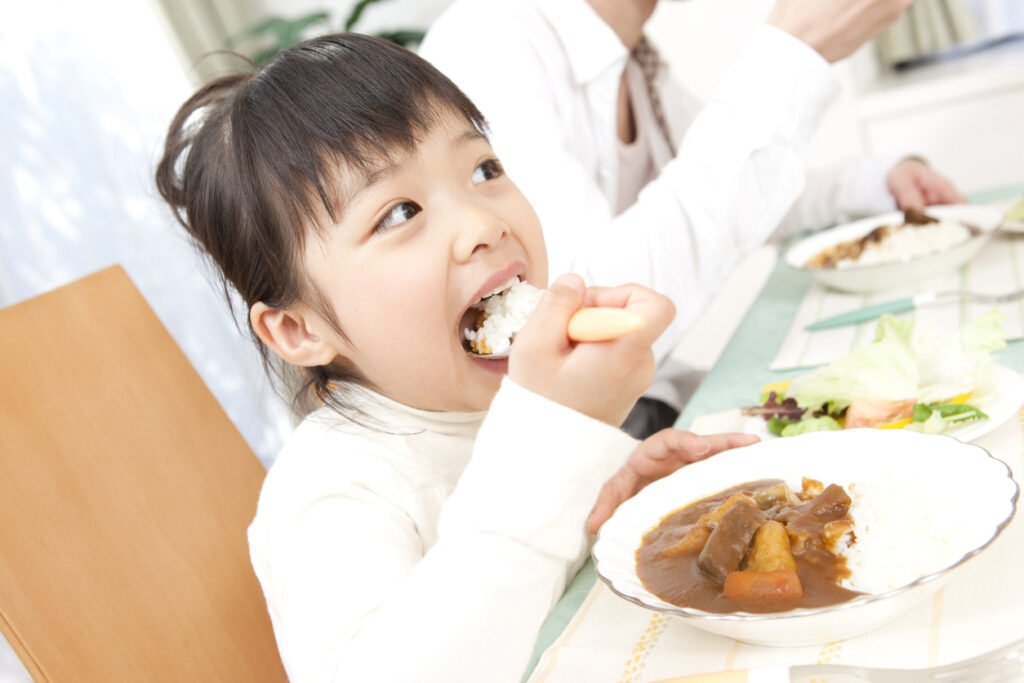 © Photo by iStock: paylessimages
© Photo by iStock: paylessimagesConsidered by many to be the national dish of Japan, curry rice (カレーライス, kare raisu) bears very little resemblance to Indian curry. Japanese curry is typically a mild curry sauce with onions, carrots and potatoes, as well as a meat (pork, beef or chicken), served with white rice on the side and curry pickles (カレー漬物, kare tsukemono). Easily cooked in large batches and very nutritious, Japanese curry is considered to be a hearty comfort food.
Curry first came to Japan via the British during the Meiji Era as a spice mix and was adopted into the Japanese language and diet from 1860-1870. At that time it was a luxurious food that could only be had in the most expensive of restaurants, so only the wealthiest could afford this imported delicacy. Later it gained traction as a means of warding off thiamine (vitamin B1 deficiency) by the Imperial Japanese Navy and is still a staple meal for the Japan Maritime Self-Defense Force today.
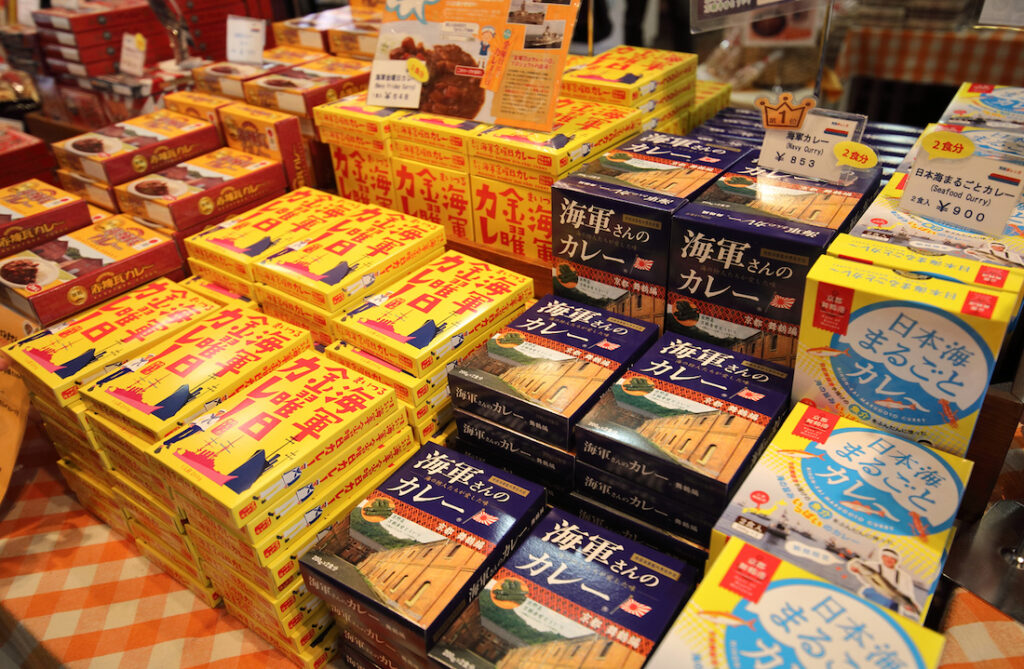 © Photo by iStock: TkKurikawa
© Photo by iStock: TkKurikawaIn fact, one of the most common types of curry is known as kaigan kare (海軍カレー, navy curry), which contains beef or chicken, potatoes, onions, carrots, rice and pickled vegetable chutney (later with a salad on the side). After its popularity with the military, curry then became a school lunch staple and was more widely available throughout the 1920s thanks to domestic production of the spices, and by the 1960s, curry roux and kits became commercially available in supermarkets as well.
What varieties are there?
There are a number of ways to enjoy Japanese curry.
Curry bread/buns
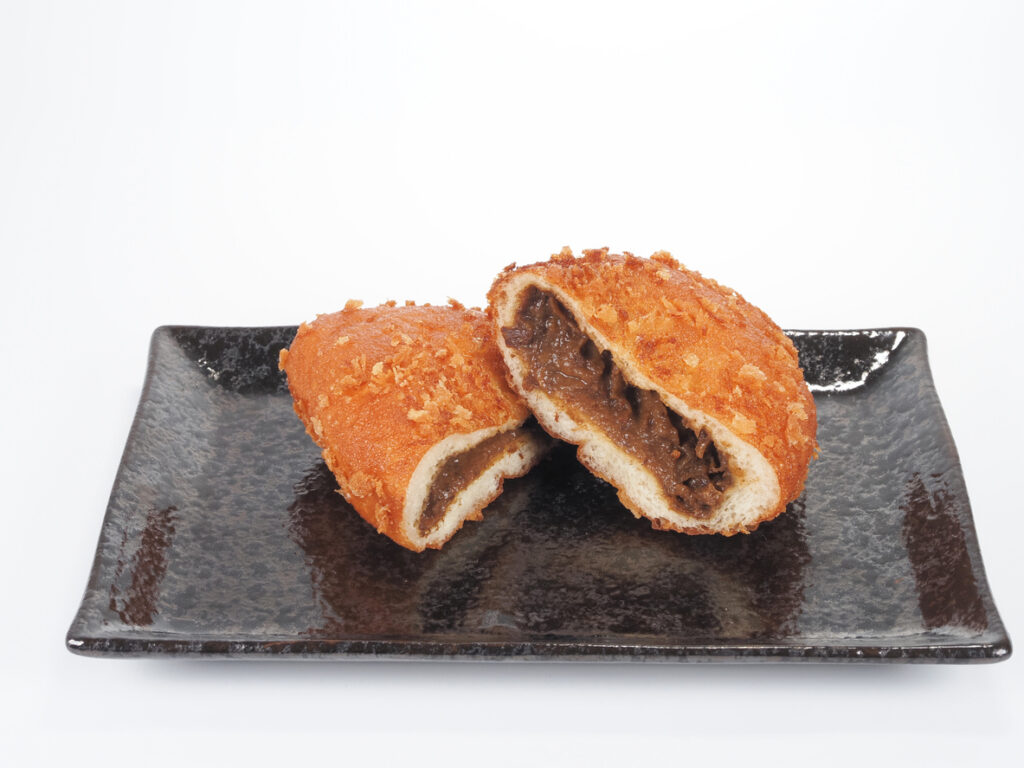 © Photo by iStock: kawamura_lucy
© Photo by iStock: kawamura_lucyCurry bread (カレーパン, kare pan) is a portion of Japanese curry that has been wrapped in dough, dipped in breadcrumbs and then fried. You can find curry bread in any convenience store or bakery. Some come with a soft-boiled egg inside, others can be entirely vegetarian, some with whole wheat or even bran dough instead of white flour.
Although somewhat less common, you can also find yaki kare pan (焼きカレーパン, baked curry buns) too, which are somewhat healthier than their fried counterparts.
Curry noodles
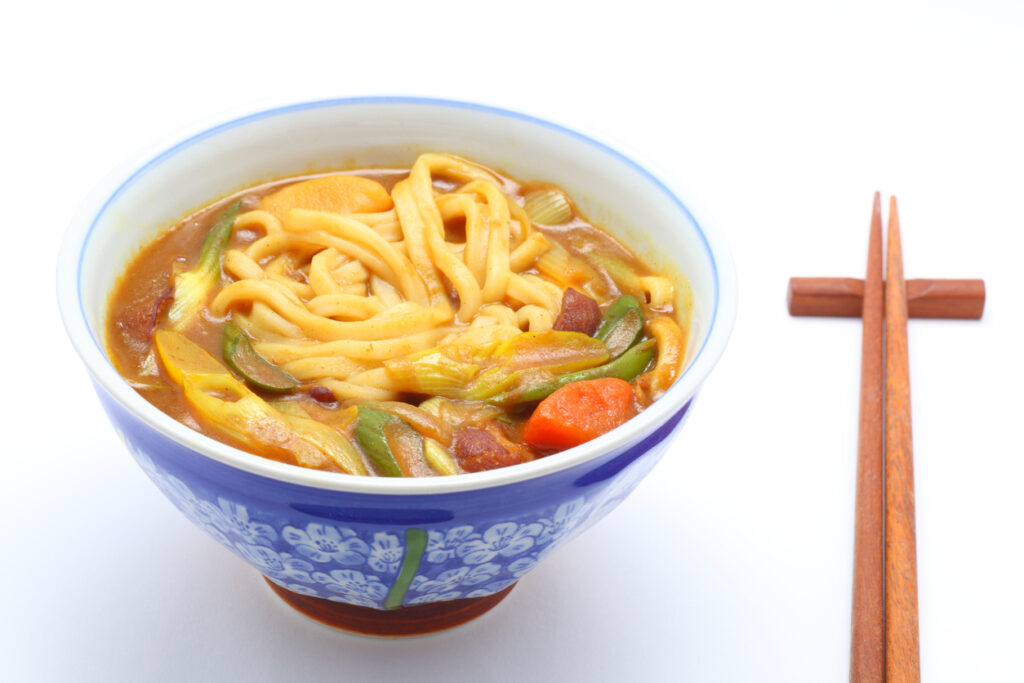 © Photo by iStock: noririn
© Photo by iStock: noririnCurry udon or soba, and less commonly ramen, are more often made in restaurants/delis than at home but are just as popular as their rice counterparts. Curry roux is added to the traditional dashi and soy sauce soup base of the noodles, and may or may not include some vegetables and meat as well.
Curry rice
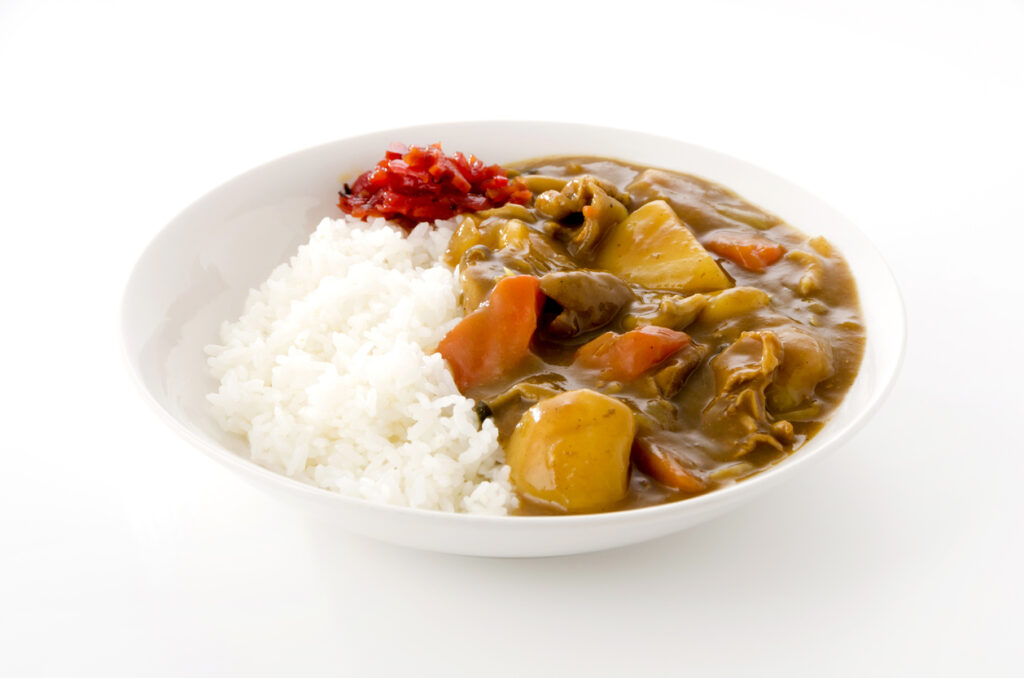 © Photo by iStock: karimitsu
© Photo by iStock: karimitsuCurry with rice, however, is the most typical way of serving Japanese curry. While it’s fine on its own, there are a few standard ways to arrange the dish that have become popular in Japan and abroad as well.
Dry Curry
Dry curry comes in two forms: either curry-flavored fried rice or white rice with a drier, minced meat and vegetable curry sauce on top. It may or may not also be served with a soft-boiled egg.
Soup Curry
Soup curry features a bowl of a more watery curry sauce with coarsely chopped vegetables and whole chicken legs or wings in it. Originally from Hokkaido, it’s served with rice on the side.
Katsu Curry
Japanese curry served with a breaded pork, beef or chicken cutlet on top.
Croquette Curry
Japanese curry served with a croquette on top. The croquettes can come in seafood, meat, potato or vegetable varieties.
Maze Kare
Maze kare (混ぜカレー) or mixed curry originated in Osaka and comes with the curry itself already mixed into the rice.
Curry Don
Curry don (カレー丼) is a thick curry sauce with added Japanese sauce (such as tsuyu or dashi) served on top of a bowl of rice. It may or may not include vegetables, meat or pickles.
Yaki Kare (Curry Gratin)
Yaki kare (焼きカレー) is essentially curry on rice, topped with a raw egg, then baked in an oven until the egg is somewhat or fully cooked and the curry has a slight crust to it.
Regional curries are also extremely popular. Available in retort pouches of varying sizes, these curries can feature regional meats and fruits or vegetables, such as shika (deer) curry from Hokkaido or apple curry from Nagano. These curries need only be reheated either by boiling in water or if indicated on the label by microwave and served alongside rice, or on udon or soba if you like.
Where can I get it?
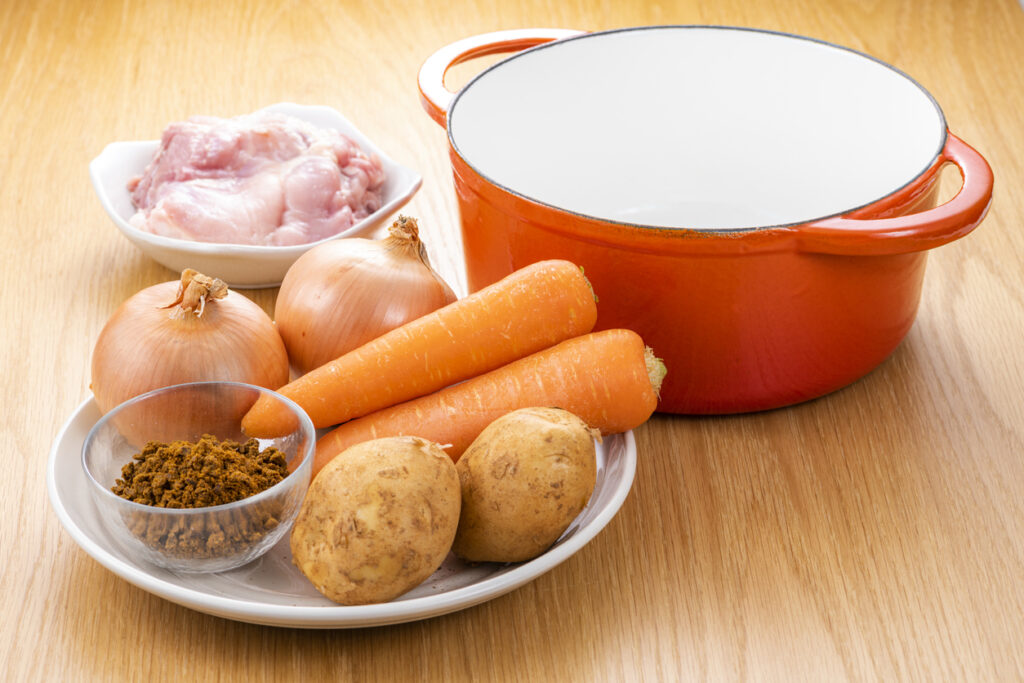 © Photo by iStock: kuppa_rock
© Photo by iStock: kuppa_rockJapanese curry is mainly made at home and adjusted to suit an individual family’s tastes, so there are dozens of curry roux sets and instant/retort style curries to choose from. In fact, in some grocery stores, entire aisles are dedicated to it, while there are some specialty shops that sell nothing but curry as well.
If you’d like to prepare your own curry at home and are an adept chef, then simply purchasing the ingredients and a curry spice or curry powder will suffice. One of the most famous brands of curry spice is S&B Spicy Curry Powder (S&B 赤缶カレー粉, akakan kareko).
If you’re less of a dab hand in the kitchen but can follow a recipe fairly well, then a curry roux is probably more your speed. Simply pick up a box of this roux, the ingredients indicated on the back of the box, and follow the pictorial directions and tada, you have made Japanese curry.
These roux come in varying spiciness levels, so make sure you look on the box for the little red peppers or rank from one to five (one being mild, five being spicy) before you make your purchase. The most popular brands of curry roux are House Vermont Curry (ハウス バーモントカレー), House Java Curry (ハウス ジャワカレー), Glico Zeppin Curry (江崎グリコ カレーZeppin), and S&B Golden Curry (エスビー食品 ゴールデンカレー).
If you’re in the mood for Japanese curry but aren’t interested in having leftovers for days, then getting take-out, dining at a casual establishment or getting a single serving retort and rice for yourself are the perfect ways to savor this ubiquitous dish.












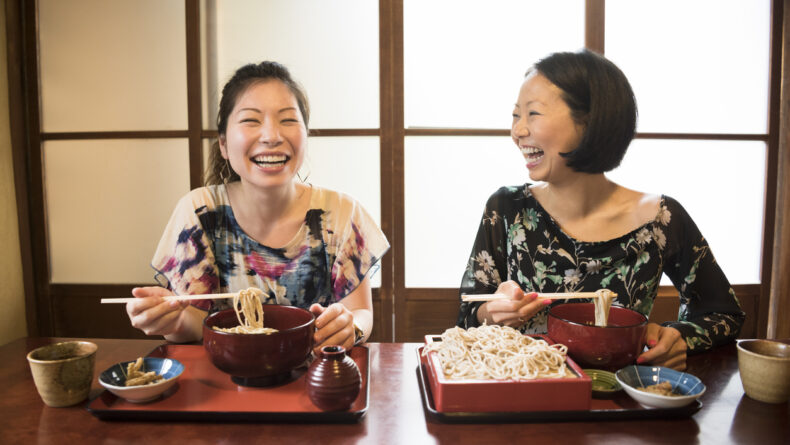
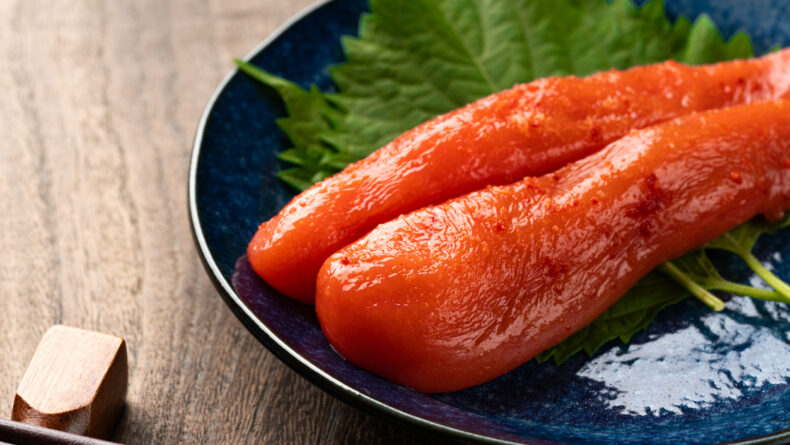

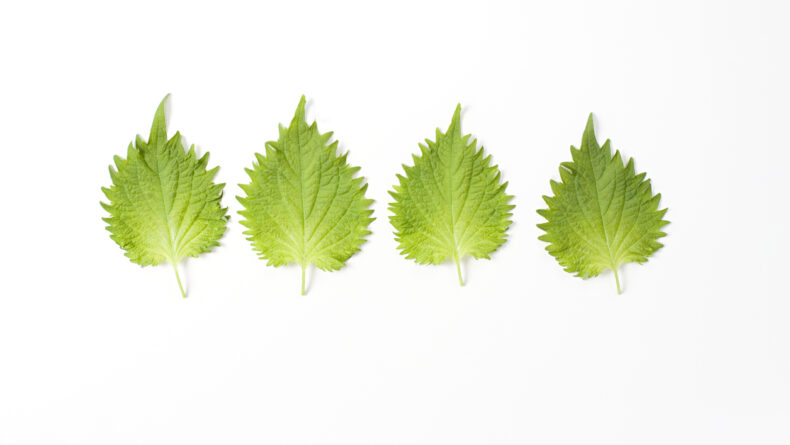
Leave a Reply